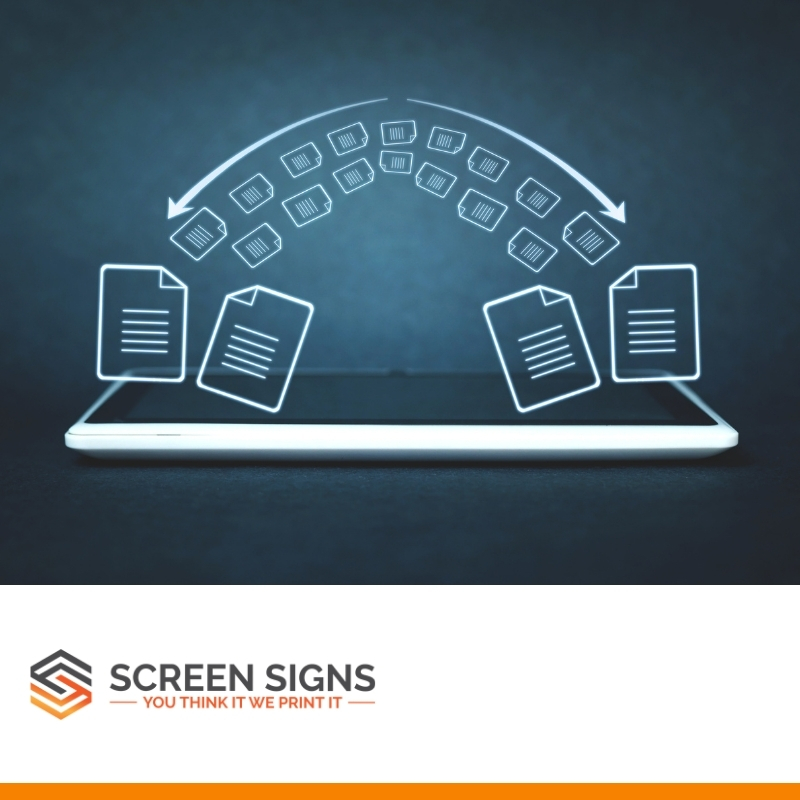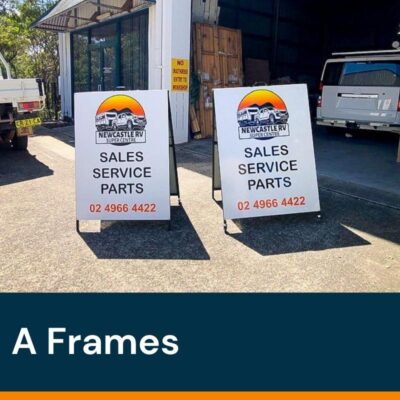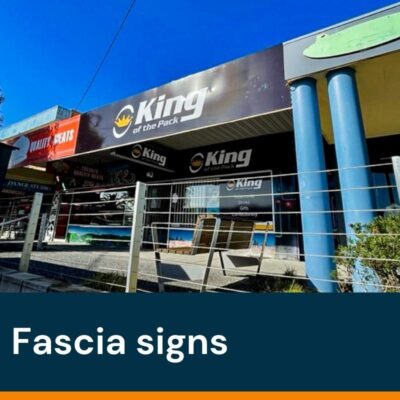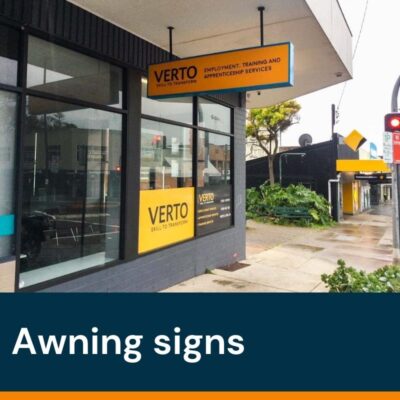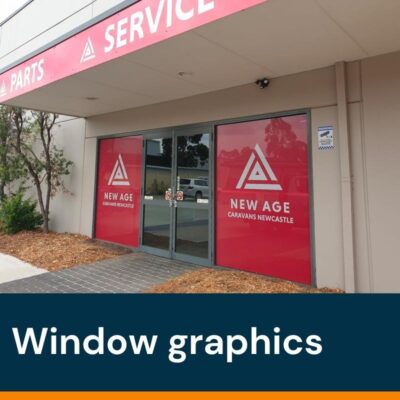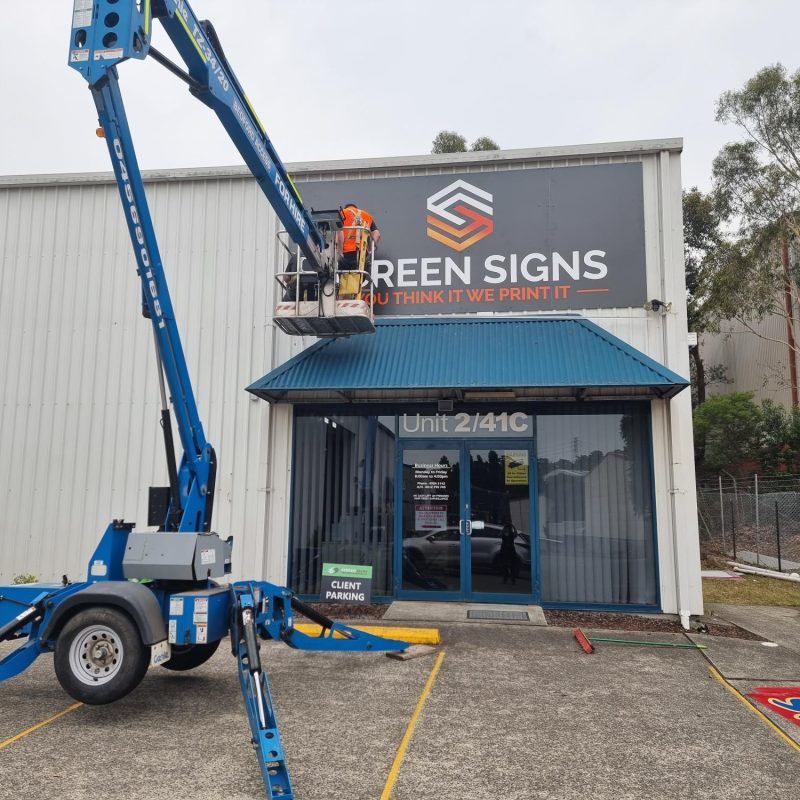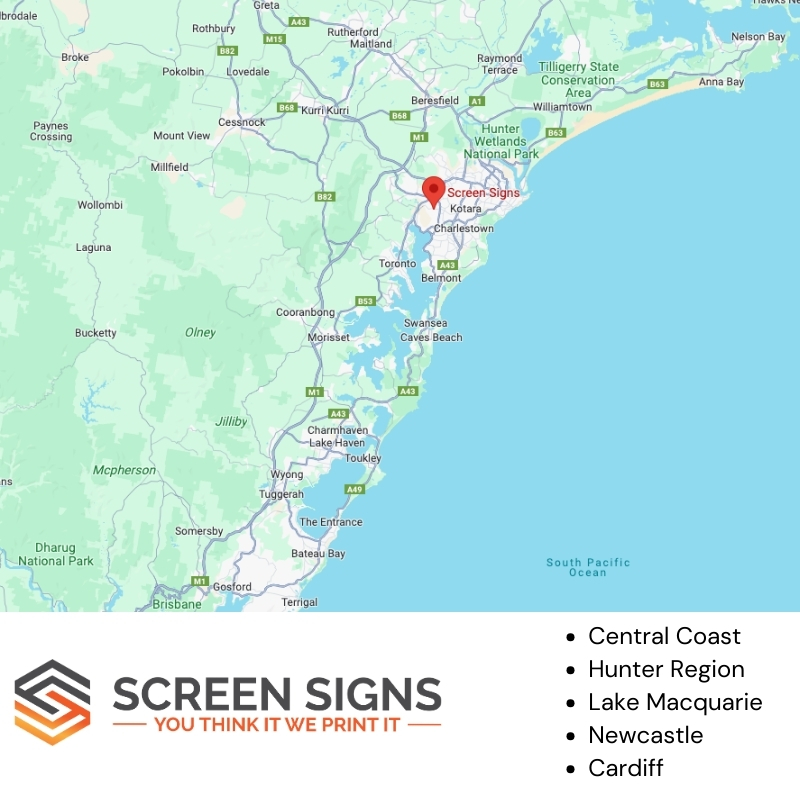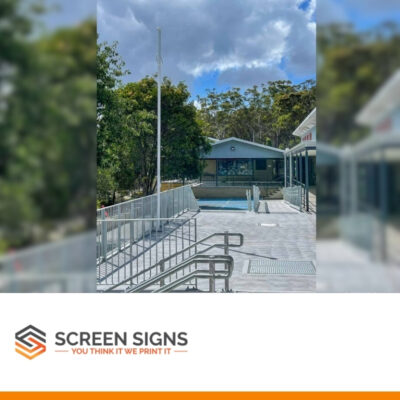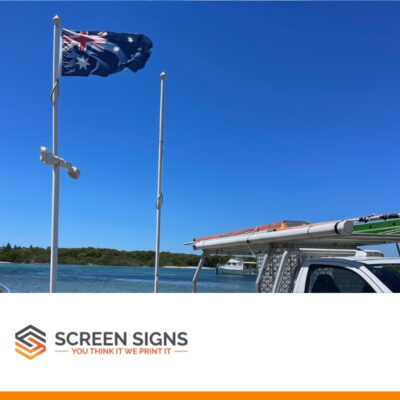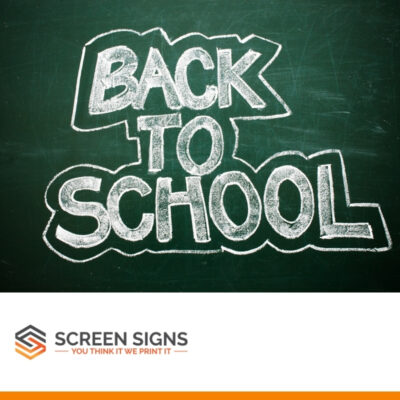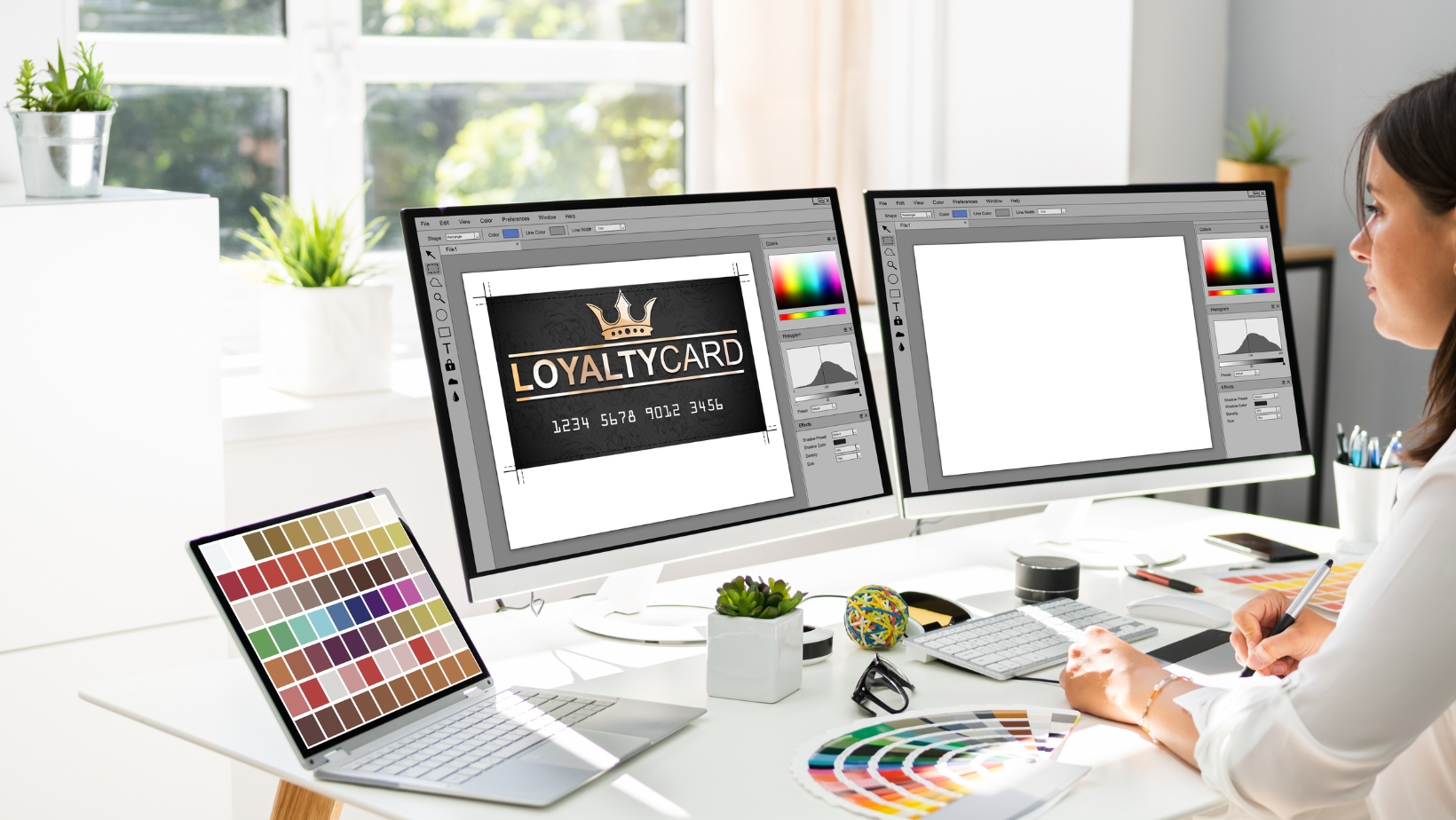What is a vector art file & how is it used in signwriting?
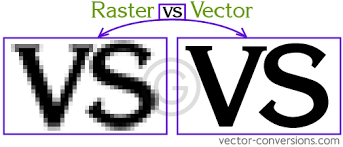
- A vector file is a type of graphic that is used for sign writing
- It can produce better quality sign printing compared to JPEG or PNG files
- A business that needs signs printed should provide a Vector File
In the realm of digital graphic design and sign writing a vector art file is a type of digital image that is constructed using mathematical formulas, specifically paths and curves. Unlike raster images (such as JPEGs or PNGs), which are composed of individual pixels and may lose quality when scaled up, vector art maintains its sharpness and clarity regardless of its size.
This fundamental characteristic makes vector art particularly valuable for a range of applications, especially for small business owners if they are trying to get high quality signs designed and printed that will look great no matter what size is printed. This is the type of file our sign shop in Cardiff on the Central Coast of NSW prefers to use to make sure we can print the best quality for your new signs.
What are the common types of vector files?
A vector is a mathematic representation of some geometric form. If you remember back in math class, (either Algebra or Geometry), your teacher most likely gave you a function and then had you draw it on an x/y axis. This would be a basic example of a vector-based graphic. Programs such as Adobe Illustrator, InDesign, and Corel Draw are all natively vector-based applications that allow designers to create artwork where the resulting file is a collection of vectors.
Some examples of vector-based file extensions are;
- .AI
- .CDR
- .EPS
Vector files are resolution-independent—thus, their resolution is determined only by the output device. Because vector elements are mathematically-defined, scaling (enlarging or reducing their size) simply requires modification of their component mathematical descriptions.
Where can you get a vector file to give a signwriter?
If you need to get new signs printed there are two main ways to get a vector file (or create one)
- Use your graphic designer; you might have a graphic designer in your staff, use a local freelancer or work regularly with an agency who creates all of your graphic design materials. They can create the vector files needed for your new signs and our sign shop can then adapt the graphics to suit the type of sign you are printing.
- Use a sign shop; if you don’t have access to a graphic designer you can give us your logo and we can then design all the suitable files for your new signage. We will create mock ups that you can review and approve before anything is sent off to be printed.
What types of signs can be printed using a vector art file
Our sign shop offers a wide range of signage solutions to meet the diverse needs of businesses, organisations, schools, offices or individuals. We can use vector files to print signs like the examples listed below;
- Vinyl Banners: Custom banners for events, promotions, and advertising.
- Corflute Signs: Lightweight, corrugated plastic signs often used for temporary outdoor signage.
- A-Frame Signs: Portable, double-sided signs used for sidewalk advertising and promotions.
- Pull-Up Banners: Retractable banners with stands for trade shows, events, and displays.
- Vehicle Graphics: Decals, wraps, and lettering for vehicle branding and advertising.
- Shop Front Signage: Signs for storefronts, including window graphics, awnings, and illuminated signs.
- Metal Signs: Durable metal signs made from materials like aluminum, stainless steel, or brass.
- Real Estate Signs: Signs for property listings, including “For Sale” signs and directional signage.
- Safety Signs: Signs for workplace safety, including hazard warnings and regulatory signage.
- Traffic Signs: Road and traffic signs meeting Australian standards for road safety.
- Way finding Signs: Signs to guide visitors and customers within buildings, parks, and campuses.
- Neon Signs: Custom neon signs for businesses and artistic purposes.
- LED Signs: Signs with LED lighting for eye-catching displays and messages.
- Pylon Signs: Tall, freestanding signs often seen near highways and shopping centers.
- 3D Lettering: Raised or dimensional lettering for building signage and logos.
- Digital Signage: Electronic signs and displays for dynamic content and advertisements.
- Engraved Signs: Signs created using engraving techniques for a professional look.
- Backlit Signs: Signs with internal lighting to make them visible at night.
- Directional Signs: Signs for guiding traffic and pedestrians in parking lots and public areas.
- Menu Boards: Signage for restaurants, cafes, and eateries to display menus and specials.
- Event Signage: Custom signs for conferences, trade shows, and special events.
- Promotional Signs: Signs for sales, promotions, and seasonal marketing campaigns.
- Health and Safety Signs: Signs with COVID-19 safety messages and hygiene reminders.
- Architectural Signs: High-end signage solutions for upscale properties and businesses.
- Plaques: Commemorative plaques, nameplates, and memorial signs.
- Acrylic Signs: Signs made from clear or colored acrylic for a modern and sleek appearance.
- Construction Site Signs: Signs for construction projects, including safety signs and site branding.
- Educational Signs: Signs for schools, universities, and educational institutions.
- Heritage Signs: Signs for historical sites, landmarks, and museums.

